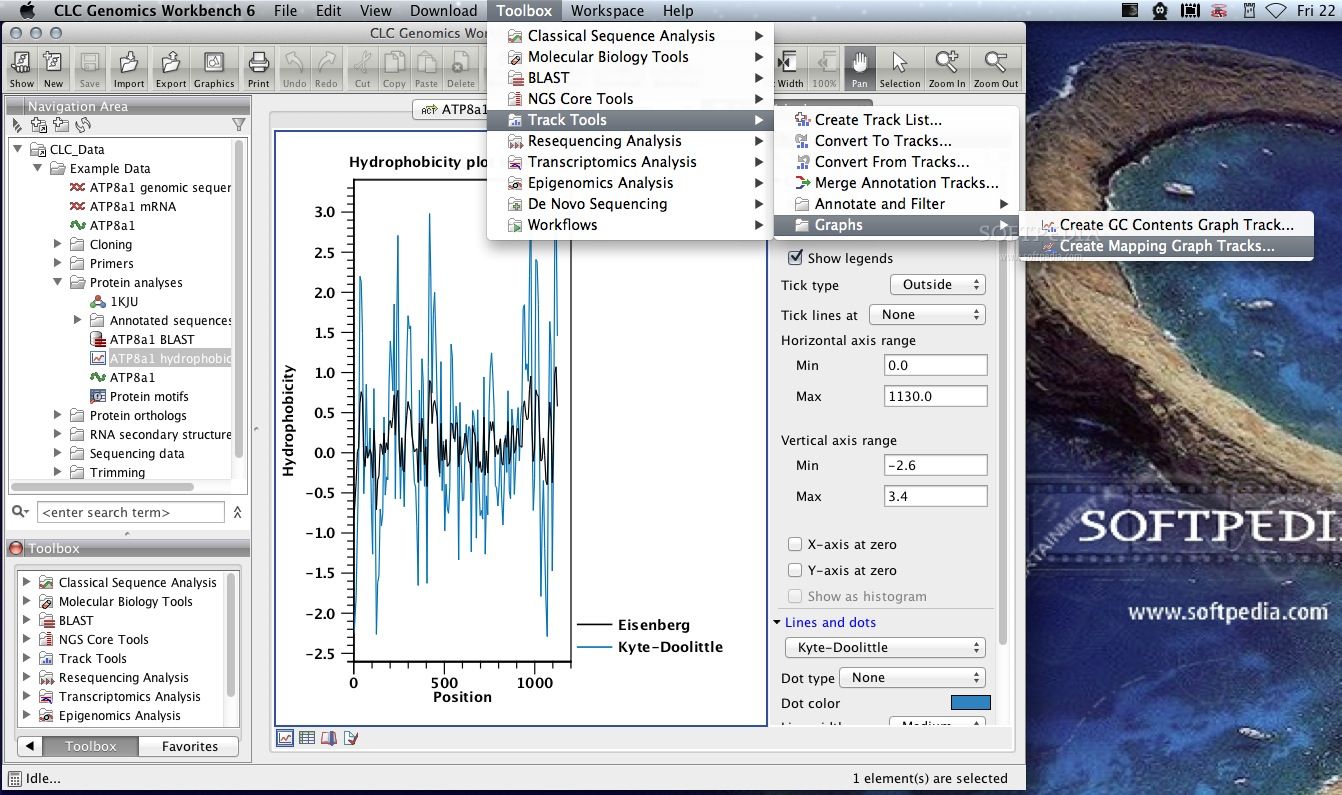

Roots play a vital role in plant development and fitness because they provide mechanical support, mediate water and nutrient uptake from soil, and interact with microbial communities in the rhizosphere (reviewed in Hawkes et al., 2007 Zhu et al., 2011 Villordon et al., 2014). Our findings highlight a cost-efficient anatomical structure and a unique expression profile of seminal roots of the maize inbred line B73 different from primary and crown roots. Dynamic expression of lignin biosynthesis genes and histochemical staining suggested diversification of cell wall lignification among the three root types.

While functions in cell remodeling and cell wall formation were prominent in primary and crown roots, stress-related genes and transcriptional regulators were over-represented in seminal roots, suggesting functional specialization of the different root types. Global expression profiling revealed diverse patterns of gene activity across all root types and highlighted the unique transcriptome of seminal roots. For instance, seminal roots displayed fewer cortical cell files and their stele contained more meta-xylem vessels. Seminal roots displayed unique anatomical features, whereas the organization of primary and crown roots was similar. A comparative transcriptomic study of embryonic primary and seminal, and post-embryonic crown roots of the maize inbred line B73 by RNA sequencing along with anatomical studies were conducted early in development. Spatio-temporal differences in the formation of these root types imply specific functions during maize development. Maize develops a complex root system composed of embryonic and post-embryonic roots.


 0 kommentar(er)
0 kommentar(er)
